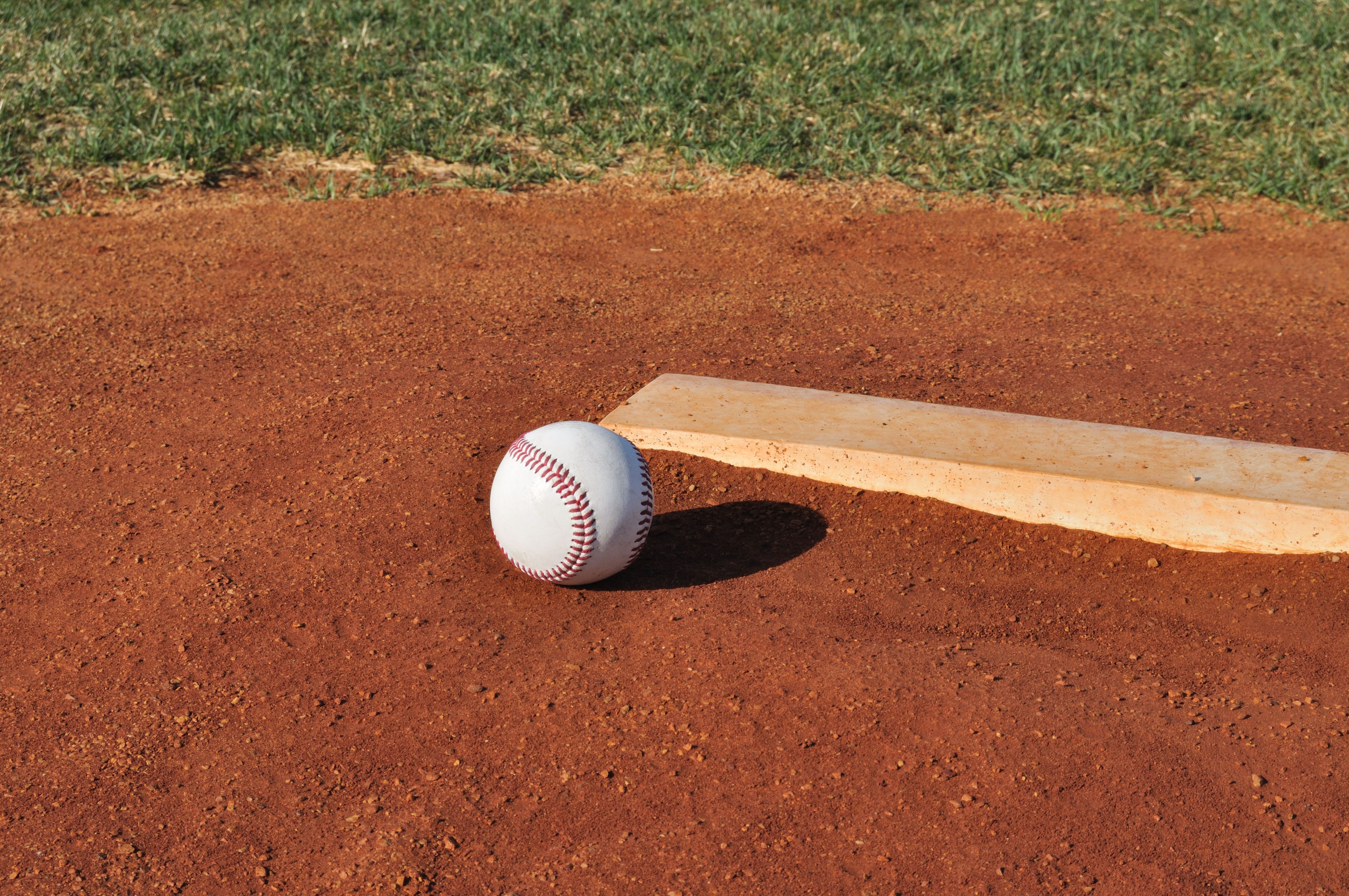As a groundskeeper, you know it takes a lot of hands and hard work to maintain perfect playing conditions on your field. You need the proper infield mix and moisture management to ensure the field isn’t so wet that the players are sliding all over the place, and not too dry that it’s hard at the end.
Know Your Infield Mix
The first step to creating optimal conditions is to know the breakdown of your infield mix. A typical recommended breakdown of an infield is 70 percent sand, 15 percent silt and 15 percent clay—but this can vary based on the needs of the field.
Changing the mix over time changes the field, so if you’ve used different manufactured mixes in the past, get a soil test done to determine the breakdown.
A Ewing turf specialist can help you get a soil test at a local lab. You can also do a simple, at-home jar test.
Do a Jar Test
Take a few plugs of soil samples (from the surface to the bottom of your infield mix) and blend them together.
Fill a jar with four inches of the mix, then add water to a couple inches below the top of the jar. Shake to mix the soil and water.
Let it stand overnight until it’s settled. Every inch of the jar will be 25 percent of the mix.
Manage Moisture
You need a firm, but not hard, surface. How do you accomplish that? Through moisture management. Achieving uniform moisture can be a challenge, but infield conditioners, such as Turface MVP, can help create a consistent surface and reduce compaction.
For more sports turf tips, check out Turface's Top 10 Field Maintenance Tips brochure, written by Major League Baseball groundskeepers.




